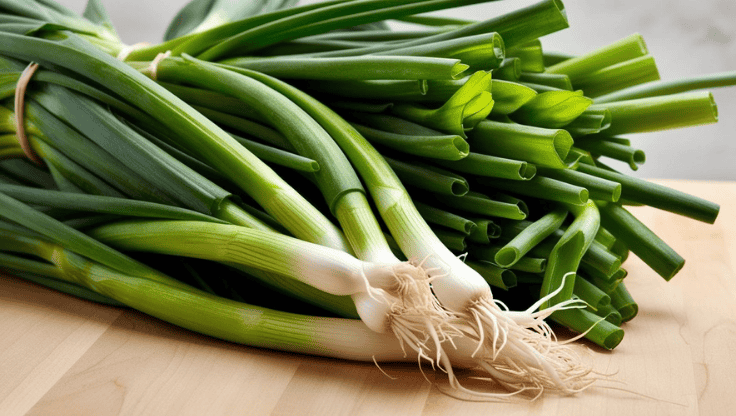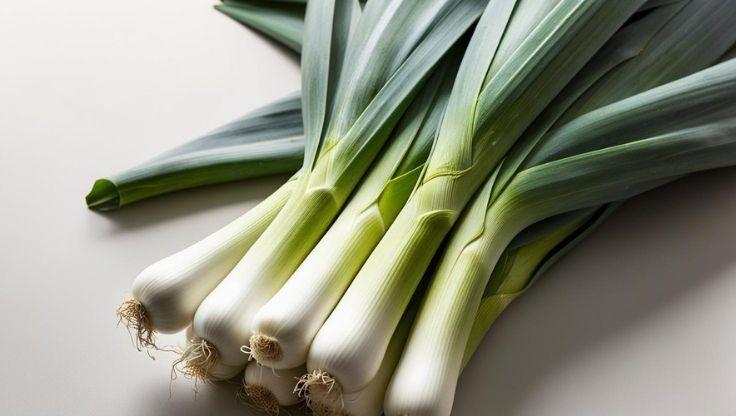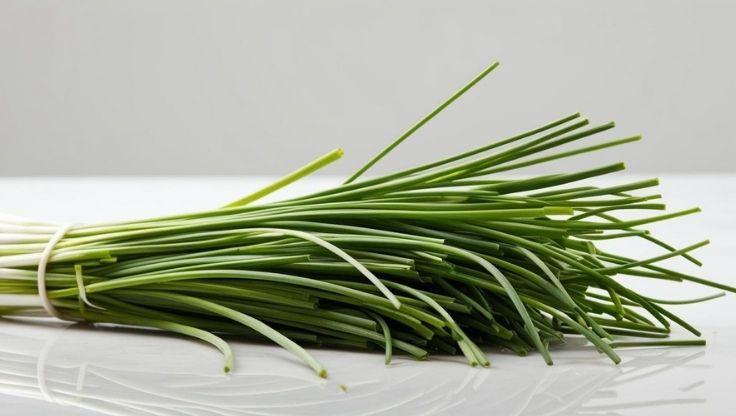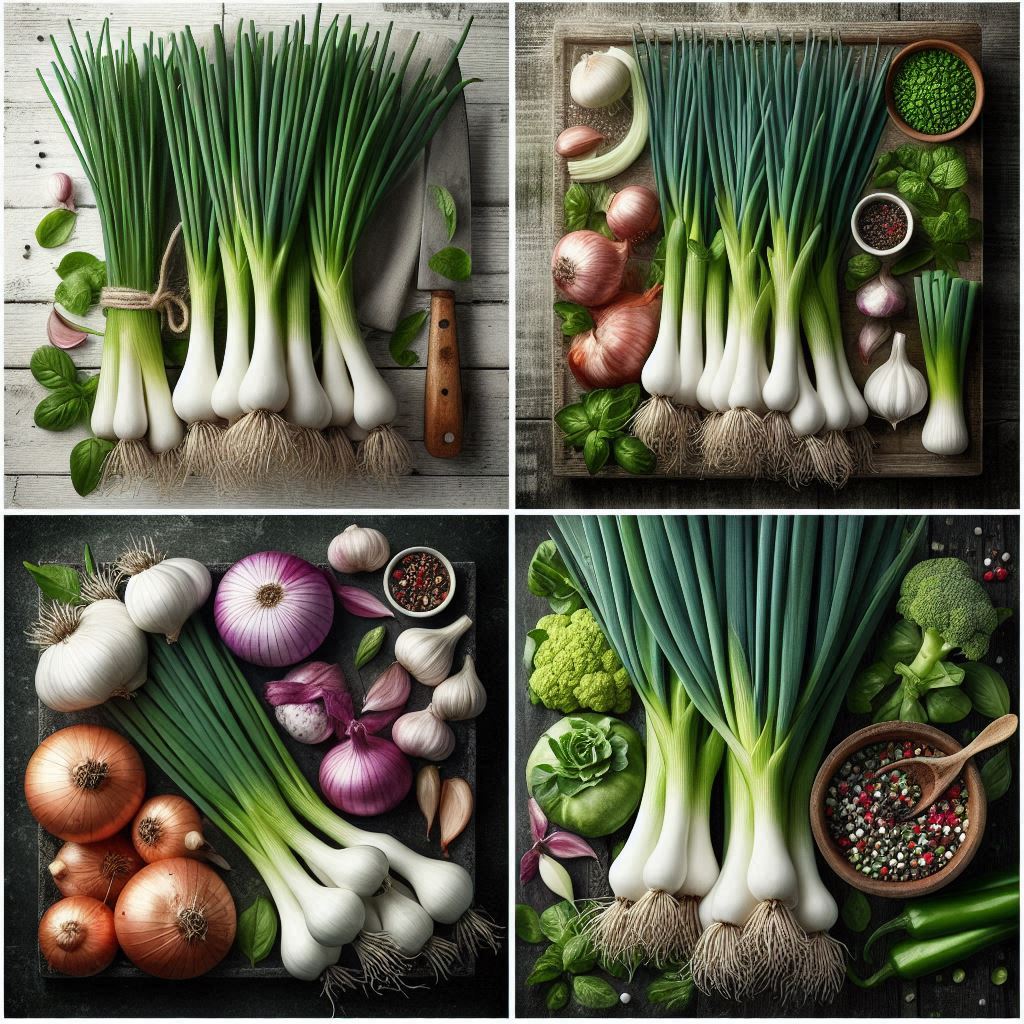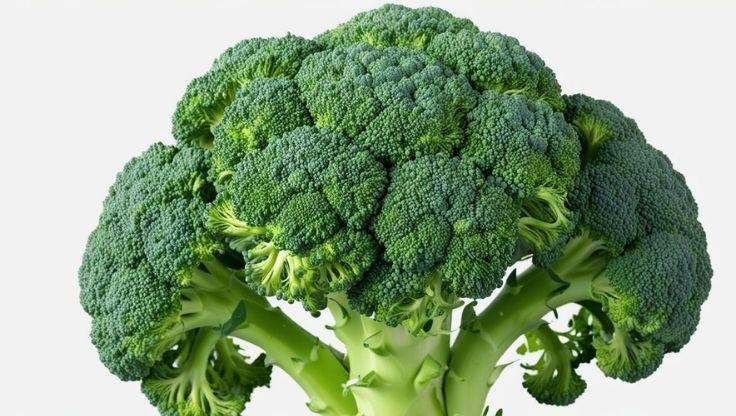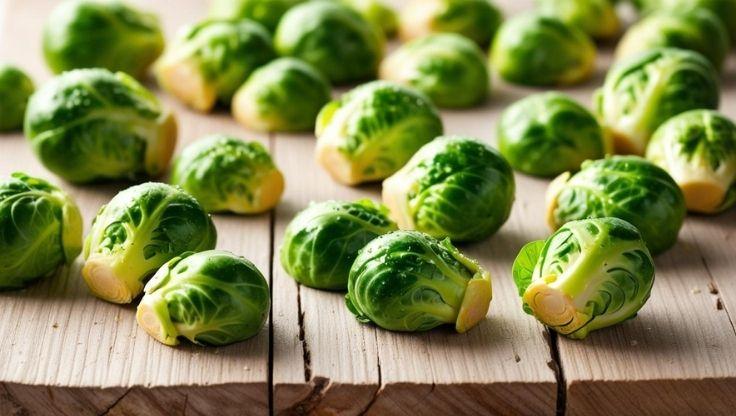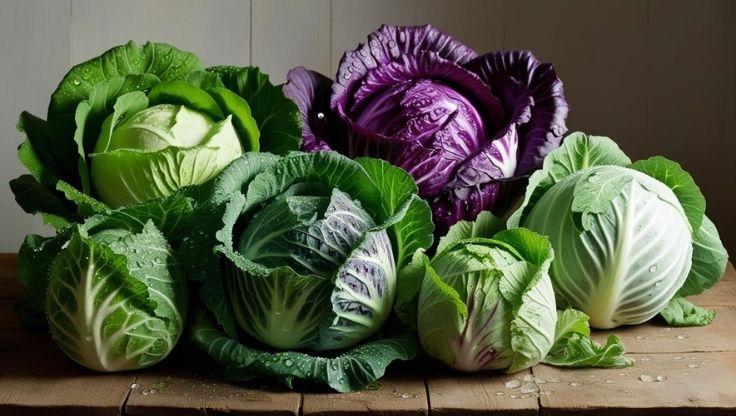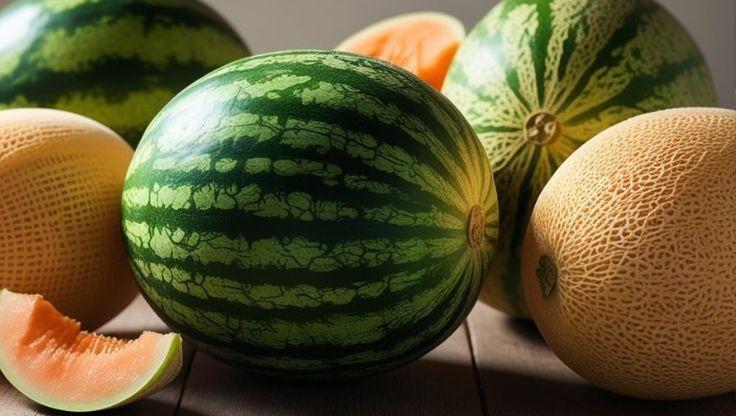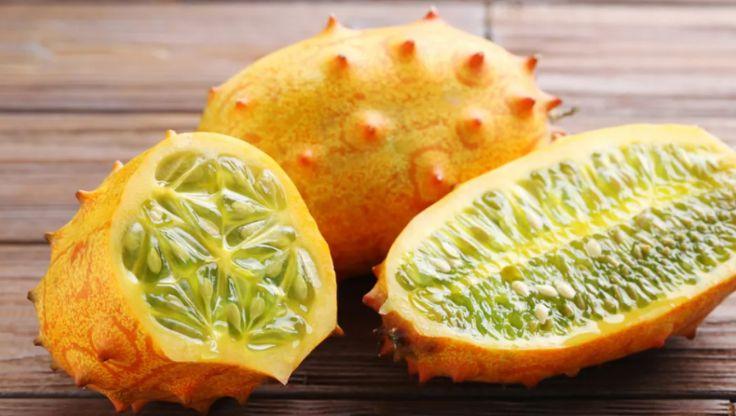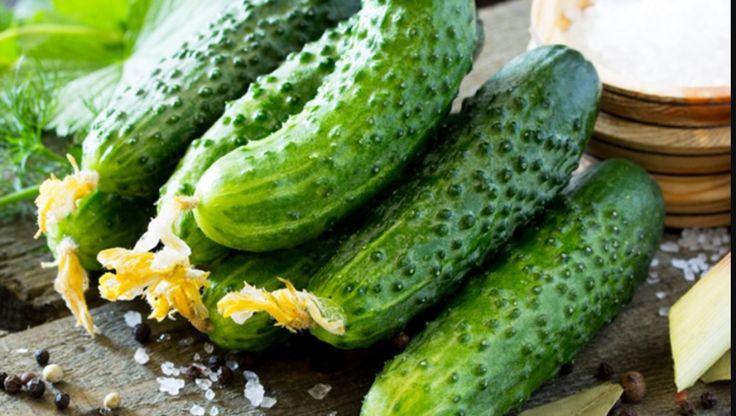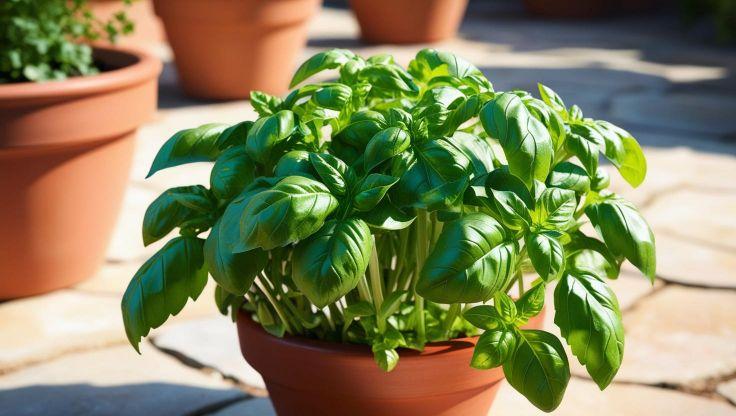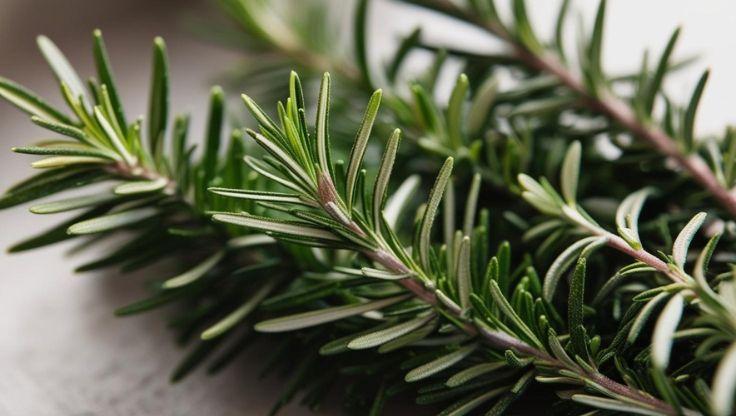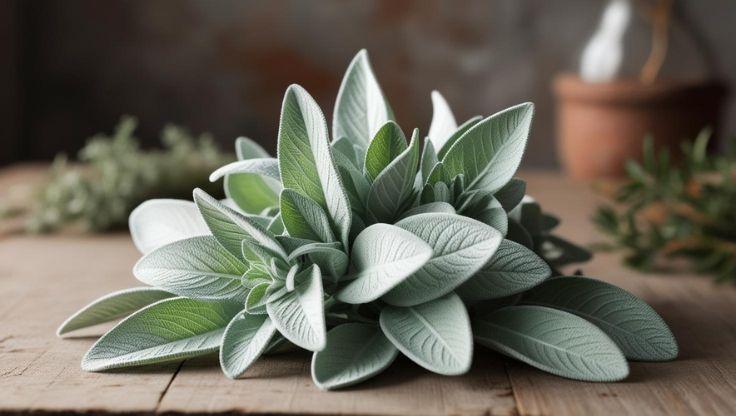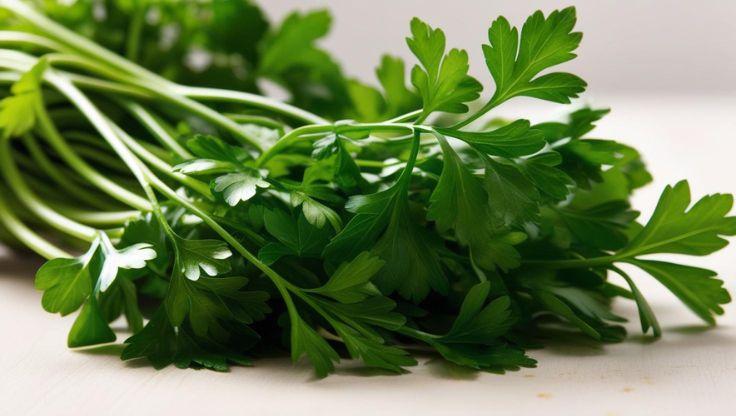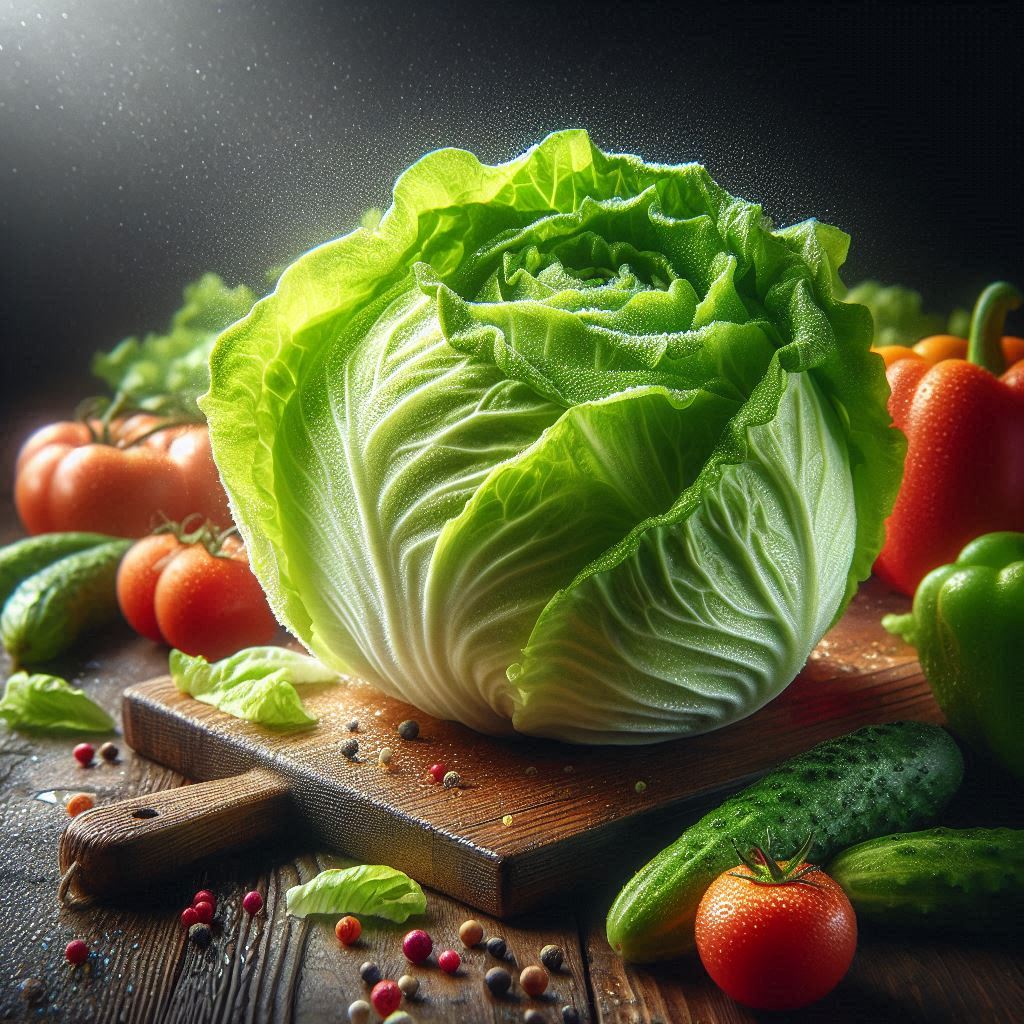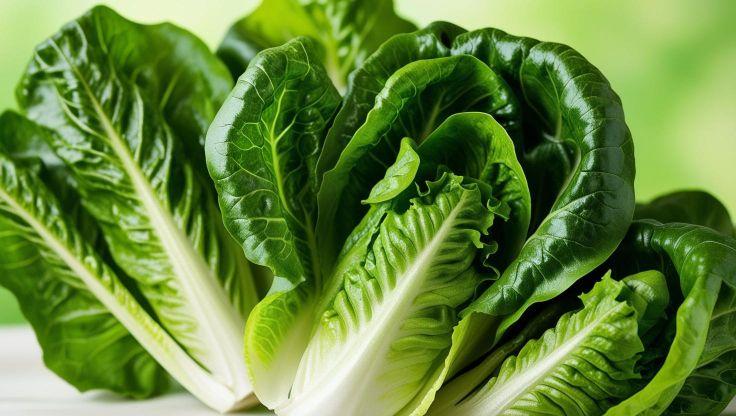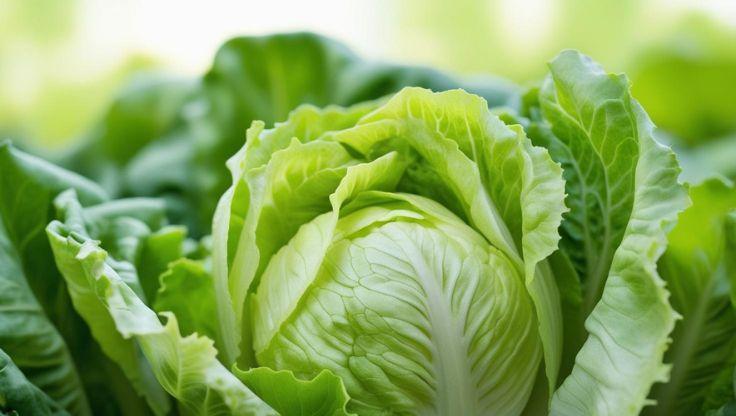Hydroponic Plants: Growing Cucumbers for Maximum Yields
Cucumbers (Cucumis sativus), one of the most popular vegetables, are widely cultivated for their crisp texture and refreshing taste. Originally native to India, cucumbers thrive in hydroponic farming due to their rapid growth rate, high yield potential, and resistance to soil-related diseases. Unlike conventional soil-based farming, hydroponic plants receive direct nutrient delivery, optimal climate control, and space-efficient cultivation, making them ideal for both home and commercial hydroponic systems.

Optimized Guide to Hydroponic Growing Conditions for Cucumbers
Hydroponic plants, such as cucumbers, flourish in carefully controlled environments that enhance nutrient absorption, accelerate growth, and ensure consistent fruit production. By optimizing essential factors like pH balance, electrical conductivity (EC), lighting conditions, temperature, and humidity, growers can cultivate healthier crops with higher yields.
Ideal pH and EC Levels for Hydroponic Cucumbers
Maintaining precise pH and EC levels is fundamental to supporting vigorous plant development and efficient nutrient uptake.
- pH Range: Hydroponic cucumbers thrive within a pH range of 5.5 to 6.5, which facilitates optimal nutrient absorption and promotes strong root growth.
- EC Levels: An EC level between 2.0 and 2.5 mS/cm ensures a well-balanced mineral supply, preventing nutrient deficiencies and fostering steady development.
- Root System Health: Proper regulation of pH and EC strengthens root structures, leading to robust vine expansion and improved fruit production.
Lighting, Temperature, and Humidity Requirements
Like other hydroponic plants, cucumbers require specific environmental conditions to sustain steady growth and maximize fruit yield.
- Light Exposure: Hydroponic cucumbers benefit from 12 to 14 hours of daily illumination, ideally provided by full-spectrum LED grow lights or natural sunlight, which enhances photosynthesis and supports healthy foliage.
- Temperature Range: The recommended temperature for optimal cucumber growth is 20 to 28°C, ensuring consistent metabolic activity and reducing stress-related growth delays.
- Humidity Control: Maintaining humidity levels between 65 and 75% helps prevent dehydration while minimizing the risk of fungal infections, ensuring strong leaf development and successful fruiting.
Additional Considerations for Hydroponic Cucumbers
Choosing the appropriate hydroponic system is essential for achieving maximum yield and superior fruit quality. Hydroponic cultivation offers numerous benefits, including efficient nutrient delivery, reduced water consumption, and accelerated growth cycles, making it a sustainable alternative to traditional soil-based farming.
Best Hydroponic Systems for Growing Cucumbers
Hydroponic plants, including cucumbers, require efficient systems that provide optimal nutrient delivery, water management, and environmental control. Selecting the right hydroponic setup ensures vigorous vine growth, high fruit yield, and disease prevention.
Recommended Hydroponic Systems for Cucumbers
Several hydroponic systems are well-suited for cucumber cultivation, each offering unique advantages:
- Dutch Bucket System: This method is ideal for vine crops like cucumbers, providing ample space for root expansion while ensuring efficient nutrient absorption.
- Drip Irrigation System: A controlled drip system delivers nutrients directly to the roots, reducing water waste and optimizing plant hydration.
- Ebb and Flow System: Periodically flooding the growing medium with nutrient-rich water enhances oxygenation and promotes steady growth.
These hydroponic techniques allow cucumbers to thrive in a soil-free environment, minimizing disease risks and improving overall crop health.
Optimized Guide to Detailed Nutrient Formulation for Hydroponic Cucumbers
Hydroponic plants, including cucumbers, require a precisely balanced nutrient solution to support vigorous vine growth, optimal fruit development, and overall plant health. By maintaining the correct macronutrient and micronutrient levels, growers can ensure maximum productivity and high-quality yields.
Essential Nutrients for Hydroponic Cucumbers
A well-formulated nutrient solution is crucial for sustaining healthy cucumber plants throughout their growth cycle.
- Macronutrients: Hydroponic cucumbers thrive with a nutrient mix containing nitrogen (150–200 ppm), phosphorus (50–70 ppm), and potassium (200–300 ppm), ensuring strong vegetative growth, root development, and fruit production.
- Micronutrients: Essential elements such as calcium (150–200 ppm), magnesium (50–70 ppm), and trace minerals like iron, manganese, and zinc aid in chlorophyll production, enzymatic functions, and structural integrity.
- pH and EC Levels: Maintaining a pH range of 5.8–6.2 and EC levels between 1.8–2.4 mS/cm prevents nutrient lockout and ensures efficient absorption.
Optimized Water Circulation and Oxygenation
Proper water management is essential for sustaining plant hydration and nutrient delivery.
- Water Pump Cycles: A continuous or periodic circulation system ensures consistent nutrient distribution and oxygenation, preventing root stress.
- Hydration Balance: Regular monitoring of water levels prevents dehydration while maintaining optimal moisture for steady growth.
- Disease Prevention: Clean water sources and controlled irrigation reduce the risk of fungal infections and root diseases.
Optimized Guide to Seed-to-Seedling, Growth Cycle, and Varieties for Hydroponic Cucumbers
Hydroponic plants, including cucumbers, require precise cultivation techniques to ensure optimal germination, steady growth, and high-yield fruit production. By carefully managing each stage of development, growers can maximize efficiency and produce high-quality cucumbers in controlled environments.
Seed Germination and Early Growth
The cultivation process begins with seed germination, a critical phase that determines plant vigor and overall success.
- Germination Time: Cucumber seeds typically sprout within 3–10 days, depending on environmental conditions and seed quality.
- Seed Density: To prevent overcrowding and ensure strong root development, each hole should contain only one seed.
- Optimal Conditions: Maintaining a temperature range of 20–30°C (68–86°F) and ensuring adequate moisture levels promote successful germination.
Transplanting and Growth Acceleration
Once seedlings reach a stable growth stage, they are ready for hydroponic transplantation.
- Transplant Timing: Seedlings should be moved to their hydroponic setup once they reach 3–4 inches in height, ensuring proper root establishment.
- Growth Duration: Hydroponic cucumbers mature within 50–70 days, depending on the variety and environmental conditions.
- Nutrient Optimization: A well-balanced nutrient solution ensures robust vine formation and prevents deficiencies.
Popular Hydroponic Cucumber Varieties
Selecting the right cucumber variety is essential for maximizing yield and quality. Some of the most suitable hydroponic varieties include:
- English Cucumbers: Known for their long, seedless fruits and smooth skin, ideal for fresh consumption.
- Persian Cucumbers: A compact variety with crisp texture and mild flavor, perfect for salads and pickling.
- Mini Cucumbers: Small-sized cucumbers that grow quickly and thrive in hydroponic systems, offering high productivity.
Uses and Benefits of Hydroponic Cucumbers
Hydroponic plants, including cucumbers, offer numerous advantages in culinary applications, health benefits, and sustainability. By growing cucumbers in controlled environments, farmers can ensure consistent quality, enhanced nutritional value, and eco-friendly production.
Culinary Applications of Hydroponic Cucumbers
Crisp, refreshing, and versatile, hydroponically grown cucumbers enhance a wide range of dishes across global cuisines.
- Salads and Fresh Preparations: Their firm texture and mild flavor make them a staple in fresh salads, providing hydration and crunch.
- Pickles and Fermented Foods: Cucumbers are widely used in pickling, where their natural crispness absorbs flavors and enhances preservation.
- Juices and Chilled Soups: Blended into juices or gazpacho-style soups, cucumbers contribute a cooling effect and boost hydration.
Health Benefits of Hydroponic Cucumbers
Beyond their culinary appeal, hydroponic plants like cucumbers provide essential nutrients that support overall well-being.
- Hydration and Electrolyte Balance: Composed of 95% water, cucumbers help maintain hydration and replenish electrolytes.
- Digestive and Cardiovascular Health: Their fiber content promotes digestion, while potassium aids in blood pressure regulation.
- Antioxidant and Skin Benefits: Rich in vitamin C and flavonoids, cucumbers combat oxidative stress and support skin health.
Sustainability Advantages of Hydroponic Cucumbers
Hydroponic cultivation offers a more sustainable alternative to traditional farming, reducing environmental impact.
- Water Conservation: Hydroponic plants use up to 90% less water than conventional soil-based farming.
- Elimination of Soil-Borne Diseases: Growing cucumbers hydroponically prevents common soil-related pathogens, reducing the need for chemical treatments.
- Minimal Pesticide Use: Controlled environments allow for cleaner, safer produce, minimizing exposure to harmful pesticides.
Challenges and Solutions in Hydroponic Cucumber Cultivation
Hydroponic plants, including cucumbers, offer numerous advantages over traditional soil-based farming, such as improved nutrient absorption and reduced disease risks. However, growers must address specific challenges related to pests, diseases, and environmental stressors to ensure optimal yields and plant health.
Common Pests and Diseases Affecting Hydroponic Cucumbers
Although hydroponic cultivation eliminates soil-borne pathogens, cucumbers remain vulnerable to certain pests and fungal infections.
- Powdery Mildew: This fungal disease appears as white powdery spots on leaves, weakening plant health. It can be controlled by maintaining adequate airflow, reducing humidity, and applying organic fungicides.
- Aphids & Whiteflies: These small insects feed on plant sap, causing leaf curling and stunted growth. Introducing beneficial insects like ladybugs or using organic repellents such as neem oil can effectively manage infestations.
- Root Rot: Excess moisture and poor oxygenation can lead to root decay. Proper drainage, aeration, and oxygenation through air stones or water circulation systems help prevent this issue.
Environmental Stress Solutions for Hydroponic Cucumbers
Managing environmental conditions is crucial for maintaining steady growth and maximizing fruit production.
- Light Management: Adjusting LED intensity and photoperiod ensures optimal fruiting and prevents excessive vegetative growth.
- Temperature Regulation: Using fans, cooling systems, and climate control solutions helps maintain the ideal temperature range of 20–28°C, preventing heat stress.
- Nutrient Monitoring: Balancing EC levels between 2.0–2.5 mS/cm ensures proper nutrient absorption, reducing deficiencies and improving overall yield
Research for expert insights
Enhance your understanding with these insightful and well-documented expert resources.
|
Institution |
Article Title |
Article Link |
|---|---|---|
|
Asian Journal of Crop Science |
Performance of Cucumber in Hydroponic Solutions with Varied Nutrients Concentrations Using Rice Husk as Root Anchor |
|
|
Springer |
Hydroponics with Split Nutrient Solution Improves Cucumber Growth and Productivity |
Their comprehensive study delivers deep insights, making them a valuable resource for readers seeking greater understanding.


